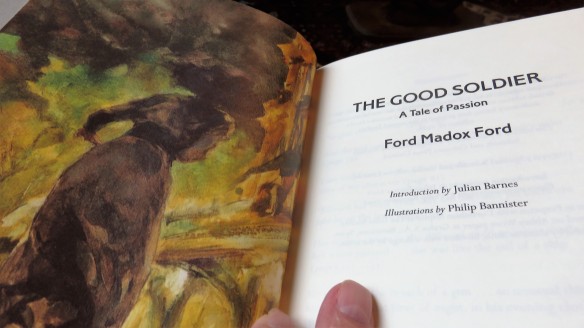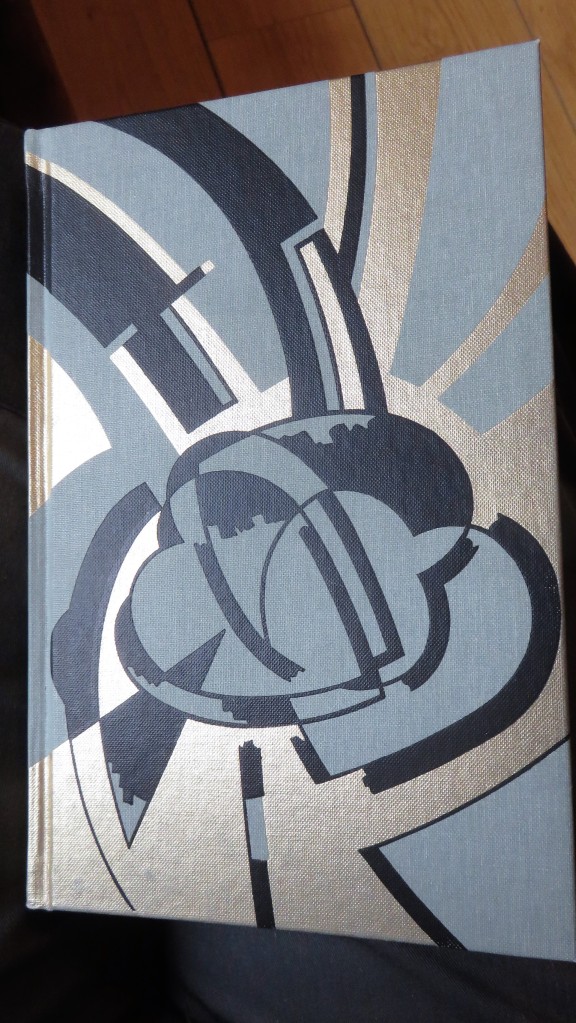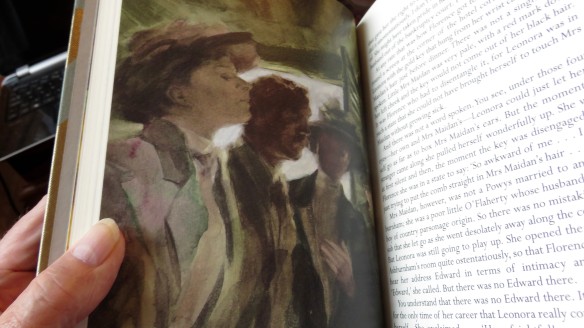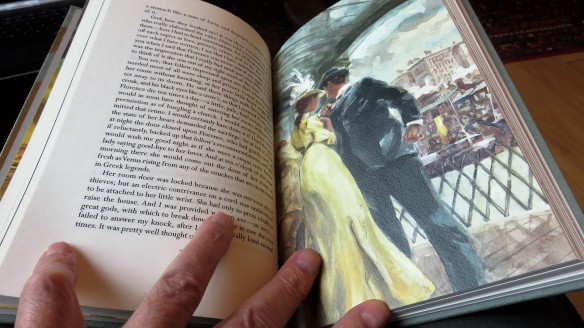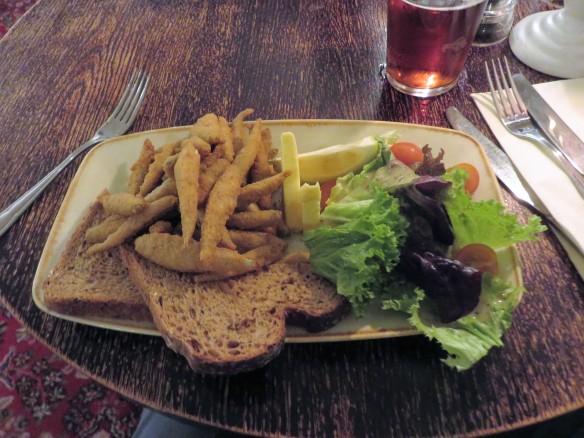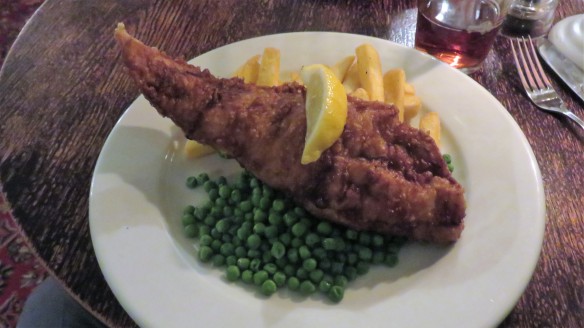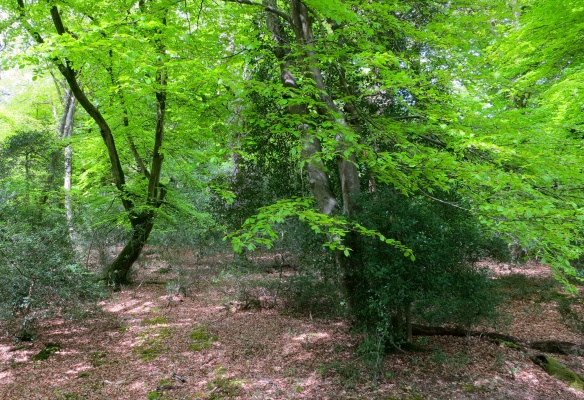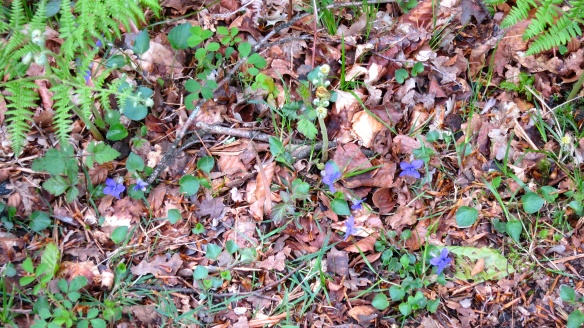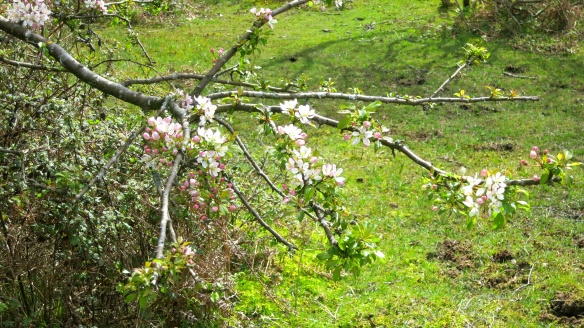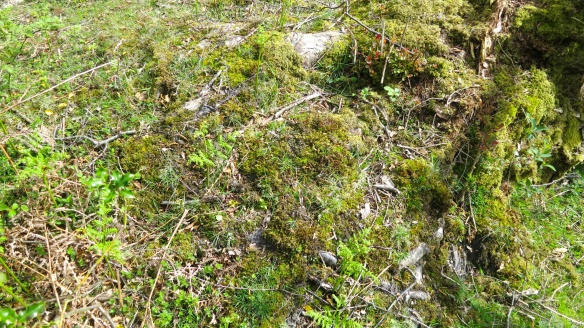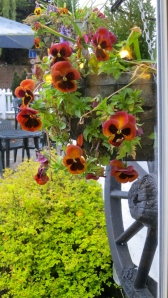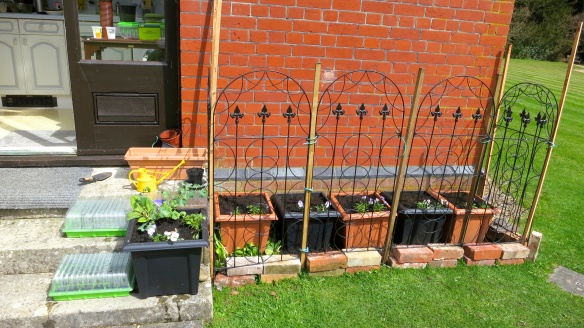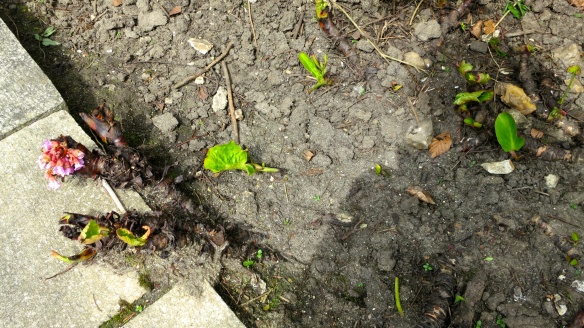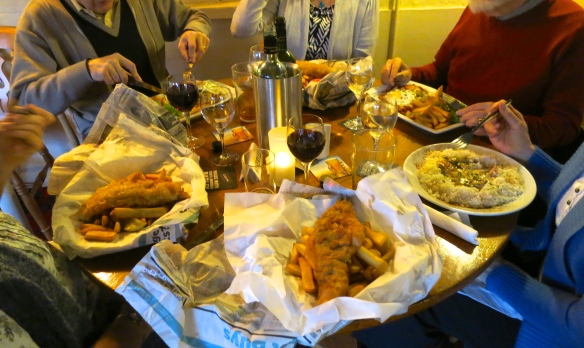9.6.12.
This morning I was collected by my long-term friends Maggie and Michael. For coffee we visited their friends Cath and Charles, ex-pats from the West Country, all of us continuing for a drive through changing countryside to the Agenais region.
Vines gave way to hazel and plum plantations.
Arriving at our destination, the imposing castle of Bonaguil, near Fumel, Maggie and Mike laid out a folding table and chairs brought by each of the couples and we sat by a stream consuming a splendid picnic. My friends always enjoy bringing their customary thoroughness to such events. We therefore lacked for nothing. We were able to contemplate the scary climb up the hill to the imposing fortress.
The gentle hills around Sigoules were nothing to the steep incline leading up to the towering edifice which had been 500 years in the making. My now tightening calves suffered a bit. Just before the French revolution the then chatelaine, Marguerite de Fumel, had died, thus possibly saving herself from the guillotine. After this turning point in history the place had been sacked and left to its ruin. According to the assistant in the mediaeval bookshop in the village, by the middle of the nineteenth century this splendid relic was concealed by trees and undergrowth and consequently forgotten until rediscovered by Philippe Lauzin, the author of one of the books I bought there.
Set in a cleft in the hillside and partially hewn through the rock; built of huge blocks of stone; with deep steps; and of gigantic proportions; I wondered how on earth men of lesser size than my 6’3″ frame managed to dash up and down wielding their weapons in defense of this impregnable fortress. And how could any invaders have scaled the cliff and protective walls? They must have been as nimble as the goats in Sigoules. Surely even Errol Flynn or Gerard Depardieu (in his younger days) would have struggled. William the Conqueror, who castellated England, must have modelled his plan on such a stronghold. We marvelled at the superb, straight as a die, round tower piercing the skies. And how did they get the stone up there? The walls of one of the rooms, now used as a conference centre, contains historic graffiti.
Returning to the present, we dropped Cath and Charles off at their home and repaired to Le Code Bar. Here, as on every Saturday night, The Dordogne Chippy had set up stall. The chippy is a travelling English fish and chip shop which featured in last year’s T.V. series ‘Little England’. Helen and Dave Mansfield have brought this slice of their culture to Aquitaine. The poisson-frites and mushy peas were excellent. The television programme had focussed on what I believe the French, perhaps not entirely in jest, call ‘The Invasion’. On our return journey we had stopped off at Monflanquin, one of the Bastide towns which are a feature of the area. Established in the 12th. and 13th. centuries, these ‘new’ towns, centred on an arcaded square, were built alternately by the French and the English, depending on who happened to be in charge. I’m not sure who built Eymet, but it has surely been ‘invaded’ by the English now. David and Frederick have certainly welcomed Helen and Dave, as they, and the rest of the village, have welcomed me.
In Monflanquin we had waited an age for lukewarm coffee, passable Earl Grey tea, and execrable ‘hot’ chocolate on which Michael had had to perform his favourite occupation, D-I-Y, from a packet of powder. We were invited to ask for more milk if necessary. When Maggie drained the little white jug revealing brown stains in rings round the bottom she wasn’t sure she wanted any. These beverages had been produced by a woman who, some time after we had placed our order, had hurried out of the house next door. I quipped that she had been summoned by telephone by the shopkeeper saying he had caught some customers. Maggie said the loos were no better. A far cry from Le Code Bar.

